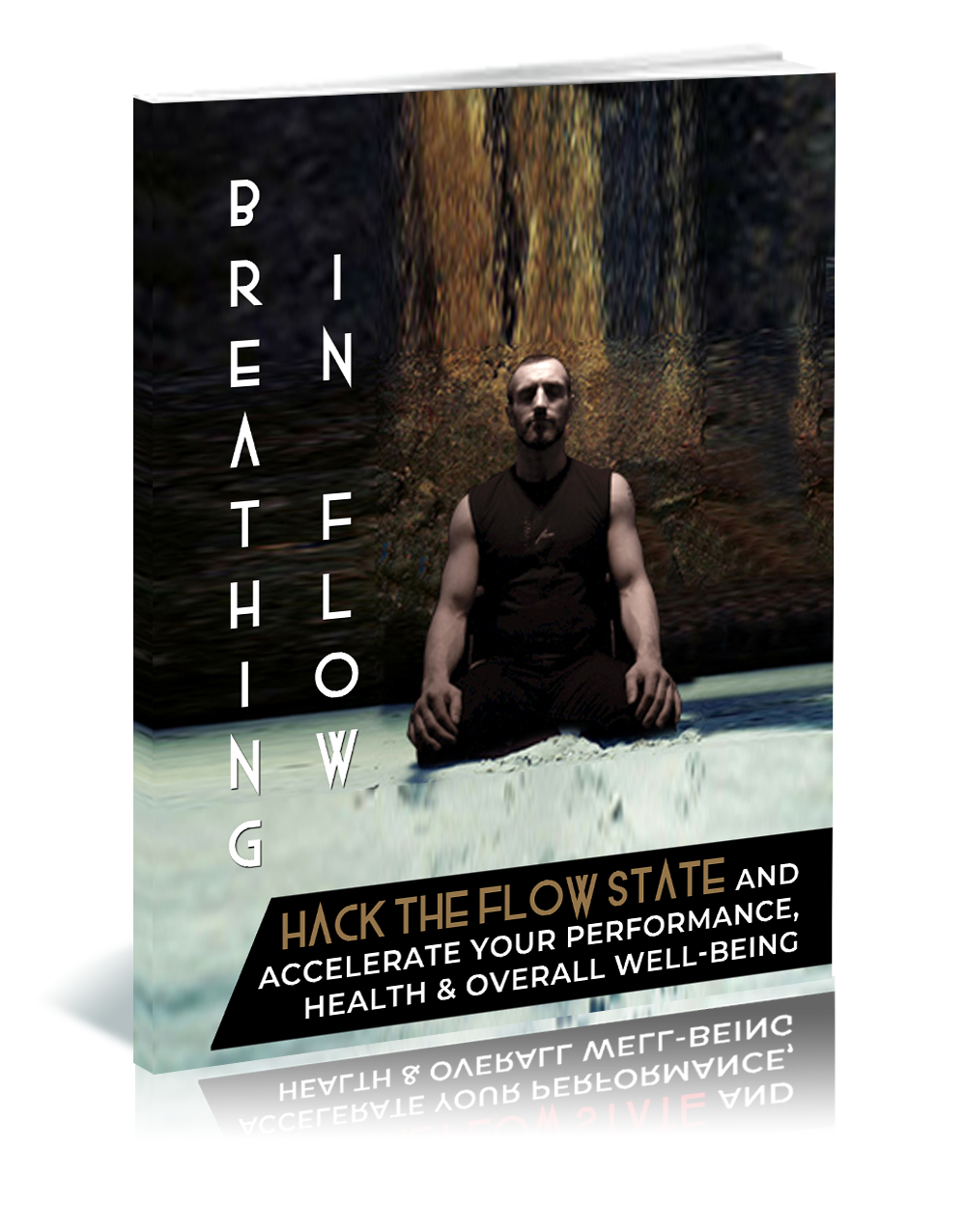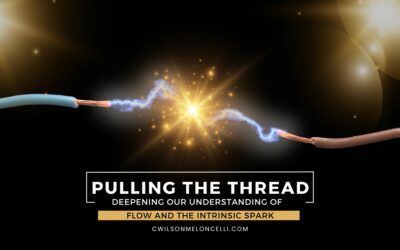
The Reticular Activating System (RAS) is a powerful network of neurons in the brainstem that filters sensory information and influences what we pay attention to. This system can be a pivotal tool in creating new beliefs, removing limiting beliefs, and ultimately helping individuals live as their true authentic selves. By aligning our beliefs with our intrinsic motivations and fostering a flow state, we can achieve greater fulfillment and presence in our lives.
Understanding the Reticular Activating System (RAS)
The RAS acts as a gateway between the sensory inputs we receive and our conscious mind. It filters out unnecessary information and highlights what is relevant based on our goals, needs, and beliefs. This process is crucial in shaping our perception of reality.
- Selective Attention: The RAS helps us focus on what we deem important, influenced by our belief systems. If we believe in positive outcomes, the RAS will prioritize positive information and experiences, reinforcing these beliefs.
- Belief Formation: The RAS supports the formation and reinforcement of beliefs by filtering experiences that align with our existing beliefs. This selective attention mechanism can be harnessed to create new, empowering beliefs.
Creating New Beliefs and Removing Limiting Beliefs
To live more authentically and achieve a state of flow, it is essential to consciously shape our belief systems. This involves identifying and replacing limiting beliefs with empowering ones.
- Identify Limiting Beliefs: Begin by recognizing beliefs that hold you back. These could be thoughts like "I am not good enough" or "Success is unattainable." Reflect on how these beliefs affect your perception and behavior.
- Challenge and Reframe: Once identified, challenge the validity of these beliefs. Reframe them into positive affirmations. For instance, change "I am not good enough" to "I am capable and deserving of success."
- Visualization and Positive Self-talk: Use visualization techniques to imagine yourself embodying these new beliefs. Positive Self-talk can reinforce these beliefs, making them more salient to the RAS. Daily repetition like "I am confident and successful" can reprogram your subconscious mind.
- Take Action to Embed Beliefs: Physical actions help solidify new beliefs. For instance, if your new belief is "I am a successful writer," take tangible steps such as writing daily, joining a writing group, or publishing your work online. These actions provide evidence that supports the new belief, making it more real and ingrained.
- Surround Yourself with Positivity: The environment and people around you can significantly influence your beliefs. Surround yourself with supportive, positive influences that reinforce your new beliefs.
Research supports the idea that belief systems are flexible and can be reshaped through deliberate practice and reinforcement. Studies show that cognitive restructuring, such as challenging and reframing negative thoughts, can lead to significant changes in perception and behavior, ultimately influencing the RAS to highlight positive experiences and opportunities (Boutyline & Vaisey, 2017).
Achieving Flow and Authenticity
Flow is a state of complete immersion and presence in an activity, often leading to high levels of productivity and satisfaction. Achieving flow involves aligning your activities with your intrinsic motivations and being fully present in the moment.
- Intrinsic Motivation: Identify activities that ignite your intrinsic spark, the unique motivation that drives you. These activities should align with your true self and passions.
- Mindfulness and Presence: Practice mindfulness to stay present and fully engage in the moment. Mindfulness helps quiet the lower mind, reducing distractions and enhancing focus.
- Incremental Challenges: Engage in activities that provide the right balance of challenge and skill. Tasks that are too easy lead to boredom, while those too difficult cause anxiety. Finding the sweet spot fosters flow.
- Positive Belief Systems: Cultivate beliefs that encourage you to let go of fear and self-doubt. Beliefs like "I trust in my abilities" and "I embrace challenges" support a flow state by reducing internal resistance.
The Role of Letting Go
Letting go of the lower mind, which is often dominated by fear, doubt, and limiting beliefs, is crucial for living authentically and achieving flow. Letting go allows you to align with your true self and respond to life with openness and creativity.
- Acceptance and Non-attachment: Practice accepting things as they are without attachment to outcomes. This mindset reduces stress and fosters a sense of freedom.
- Self-Compassion: Be kind to yourself. Acknowledge your efforts and progress, and avoid harsh self-criticism.
Conclusion
The RAS, when harnessed effectively, can be a transformative tool in creating new beliefs, removing limiting ones, and living authentically. By aligning our beliefs with our true selves and fostering a state of flow through intrinsic motivation and mindfulness, we can achieve greater fulfillment and presence in our lives. Letting go of the lower mind and embracing positive, empowering beliefs allows us to experience life more fully and express our unique potential effortlessly. By understanding and utilizing the RAS, we can shape our perception, align with our authentic selves, and cultivate a life rich with flow and purpose.
To learn more on how you can transform yourself by removing the barriers blocking your flow, watch this tutorial.










